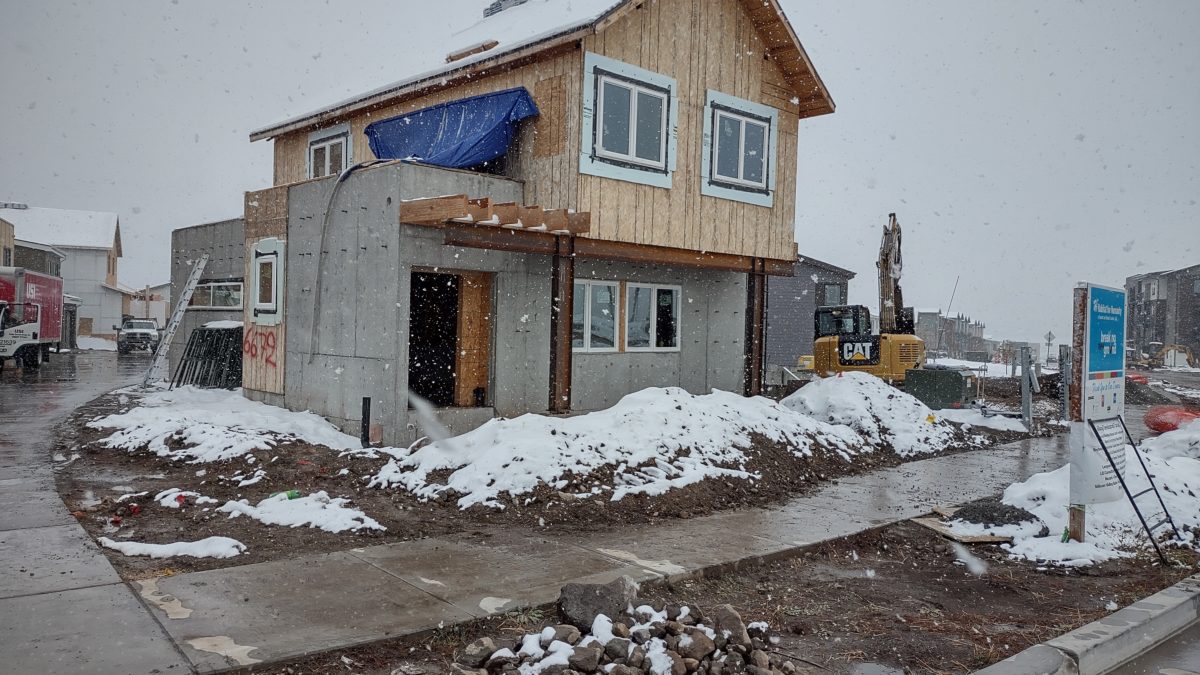Real Estate
Rent prices in Utah have increased by over 36% since 2020

Photo: Habitat for Humanity // Monika Guendner
UTAH – A study conducted by real estate experts at RubyHome using Zillow data from 2020-2023 reveals that rent prices in Utah have increased by 36.46% since 2020.
The experts used Zillow data that showed monthly rent prices in each individual state as well as urban areas to form a list of averages across all states.
According to the list, Utah is the state with the ninth highest average rent increase, sitting behind Florida (45.77%), Colorado(45.13%), Montana(42.35%), Idaho (40.63%), Tennessee (38.38%), Georgia (38.35%), Arizona (37.81%), and New Hampshire (37.53%).
Although Utah’s average rent increase percentages were ninth on the list, it is one of only three states in the top ten with average rent prices over $2,000, as Utah’s average rent costs $2,087.84 in 2023, only behind Florida ($2,127.86) and Colorado ($2,717.16).
A spokesperson for RubyHome commented on their findings, saying “The average renter in the U.S is in their late thirties, has a college education and earns less than the national average of $67,500. In contrast to older couples, 38.1% of renters live alone and 34.4% are under the age of 35.”
“When renting, the goal is to have a rent-to-income ratio of around 30%, however many renters are seeing ratios of up to 57%. With the data from the study, it shows that rent prices are far too high and are only going up as time goes on. ”
The average rent price increased by 26.47% nationwide since 2020, reaching a nationwide average price of $2,018.06 in March of this year. For someone hoping to achieve the 30% ratio of rent-to-income, according to the nationwide averages a renter would need to earn $6,700 per month or $80,720 annually.
As rent prices continue to climb, municipal councils have contemplated enacting rent control measures to curb the increasing cost of living and to make renting more affordable for those that need it.
As we have seen in Summit and Wasatch Counties, municipal governments have instructed developers to reserve a percentage of new units for affordable housing, attempting to make housing affordable and available for more people.



















